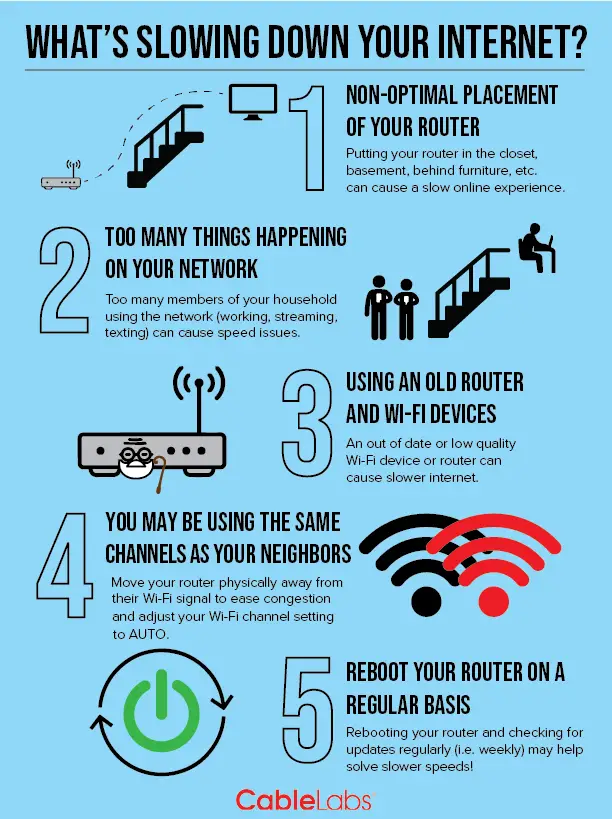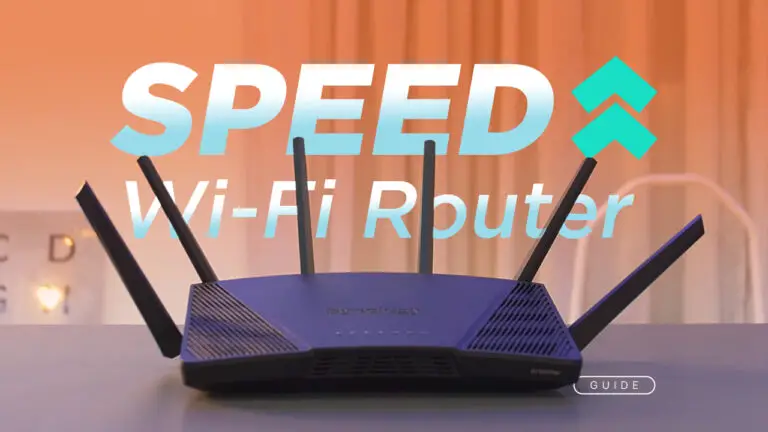Dealing with Slow Internet in a Remote Work World: A Survival Guide for Small Business Owners
In our hyper-connected world, internet speed often feels like the pulse of modern life. But what happens when that pulse slows to a crawl? For remote workers and small business owners, a sluggish internet connection isn’t just a minor inconvenience—it’s a direct hit on productivity and, ultimately, the bottom line. This comprehensive guide is designed to help professionals of all kinds understand, address, and even prevent slow internet woes, ensuring your virtual office remains a well-oiled machine.

Understanding Your Connection
Before we jump into solutions, it’s vital to understand the basics. Your internet connection’s performance depends on a variety of factors, with speed being just one metric. Factors like latency, jitter, and packet loss can affect real-time applications like video conferencing or Voice over Internet Protocol (VoIP) calls.
How Fast Is Your Connection Really?
Running an internet speed test is the most effective way to gauge your connection’s true speed. We recommend using reputable tools like Speedtest.net or the internet speed tool provided by your service provider.
Assessing the Quality of Service
Beyond speed tests, you can evaluate other service indicators using tests and checks for latency, jitter, and packet loss. A one-time dip in speed isn’t necessarily a cause for concern, but sustained issues across multiple categories could indicate a broader problem.
Identifying the Root Causes
Slow internet can stem from a variety of sources, and diagnosing the issue is the first step toward improving your service. Here are some common culprits:
Network Congestion
Just as rush hour traffic slows down your commute, heavy internet usage can clog digital arteries. Check for peak usage times in your area and consider a schedule adjustment if necessary.
Hardware Hiccups
Routers and modems are the gatekeepers of your internet experience. Outdated equipment can mean slower speeds and more frequent dropouts.
Service Provider Problems
Sometimes the issue is at the source. Service provider problems, from maintenance to network issues, can degrade service quality and prevent a resolution on your end.
Practical Solutions for a Speed Boost
Lucky for us, there are several strategies to improve your internet connection’s performance. Here’s what you can do:
Router and Modem Management
Ensure your router firmware is up to date, consider the benefits of a wired Ethernet connection, and position your router for the best coverage.
Bandwidth Balancing
Prioritize your most critical work applications. If video calls are essential, apps like Zoom allow you to manage your bandwidth usage for a smoother call experience.
Service Plan Optimization
Don’t pay for more than you need, but don’t skimp either. Your specific usage and number of connected devices should inform your service plan choice.
Exploring Alternative Internet Options
For those facing persistent issues, you may need to explore alternative options. Here are a few to consider:

Mobile Hotspots
In some cases, a reliable LTE or 5G connection can be faster and more stable than traditional wired solutions.
Satellite Internet
Perfect for remote locations, satellite internet can provide a significant speed boost over dial-up or a very basic DSL connection.
Fixed Wireless
Similar to satellite, fixed wireless can offer faster speeds in areas where traditional wired networks are slow or non-existent.
Staying on Task When the Connection’s Lagging
Despite your best attempts, a slow internet connection can still rear its head. Here’s how to keep calm and carry on:
Prioritize Offline Tasks
Having a list of tasks that don’t require internet can keep you productive during slowdowns.
Leverage Local Network Solutions
Working off a local server or using a LAN can offer faster response times than going through your internet connection.
Use Downtime to Educate
Slow periods can be a great time to catch up on webinars, training materials, or other educational content that will benefit your work in the long run.
Future-Proofing for the Unknown
Finally, while we can’t predict every internet hiccup, we can take steps to prepare. Future-proofing your setup means:
Considering Your Business’s Growth
Invest in solutions that will accommodate your business’s expected growth in both the volume of work and number of employees.
Staying Informed on Tech Trends
New advancements, like mesh networks, might change the game for smaller businesses looking to optimize their connectivity.
Building Redundancy Into Your Set-Up
Having a backup plan, whether it’s a secondary internet provider or a co-working space with high-speed internet, can be a lifesaver.
In Conclusion
A slow internet connection can be a formidable challenge, but with the right knowledge and tools, it’s one that we can address and overcome. Remember to take a proactive approach, understand your options, and stay flexible in your solutions. And, as always, share your experiences with your network—you never know who might benefit from hearing your story.
For more tips and assistance with navigating the waters of remote work and business, stay connected with our blog for regular updates and insights. Keep hustling, and may your internet speeds be forever swift!







